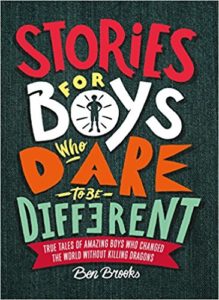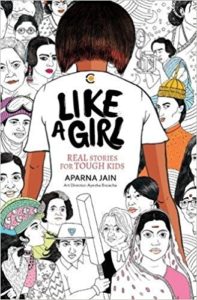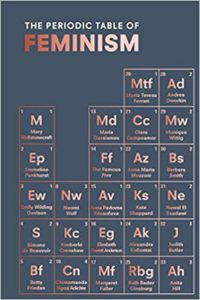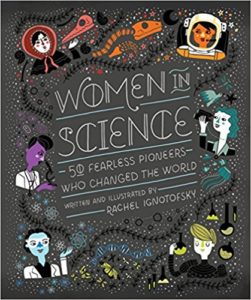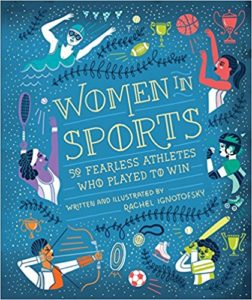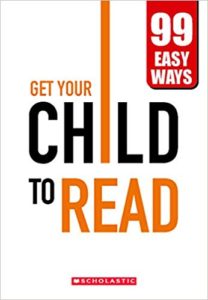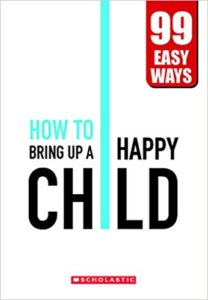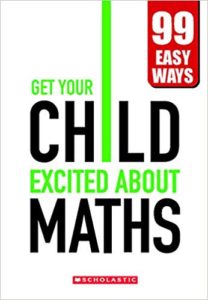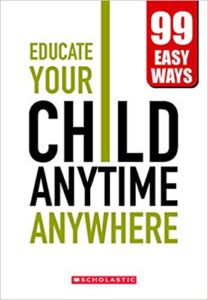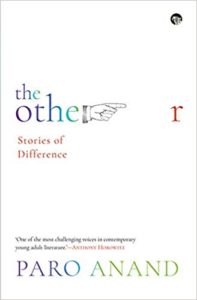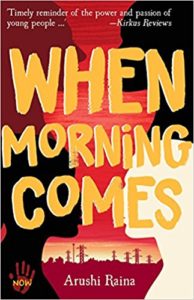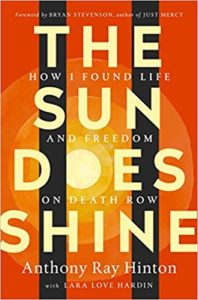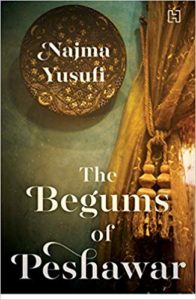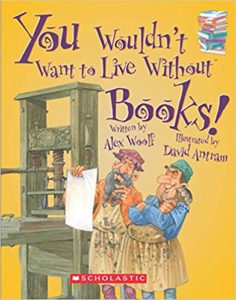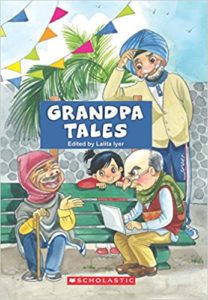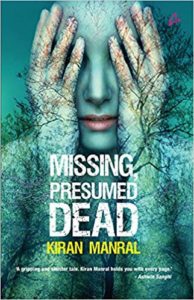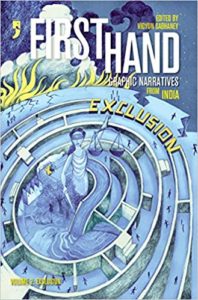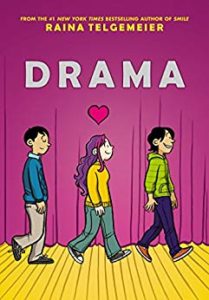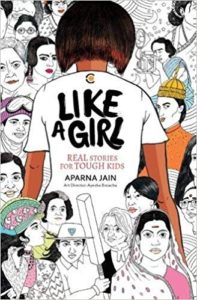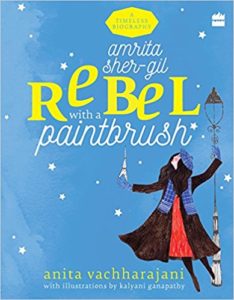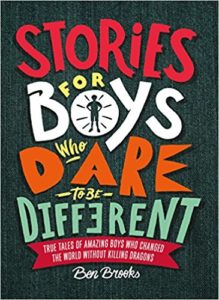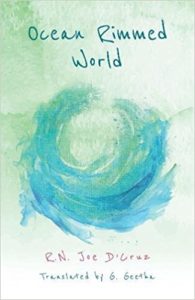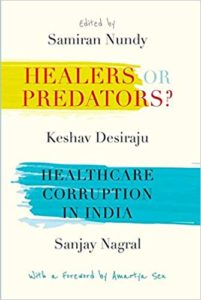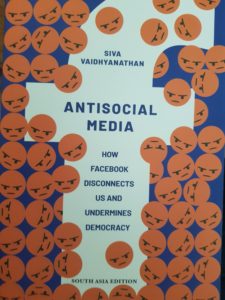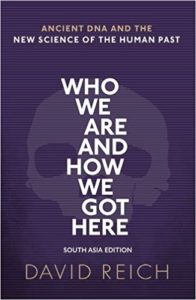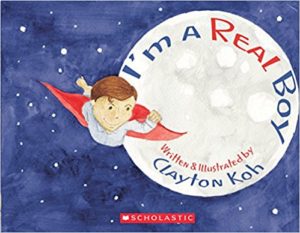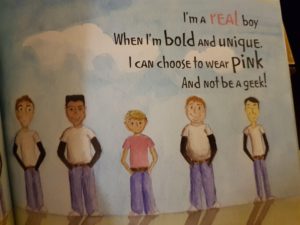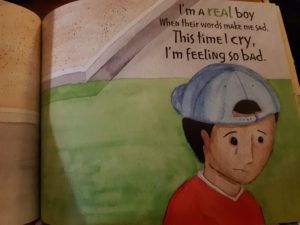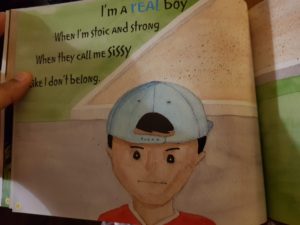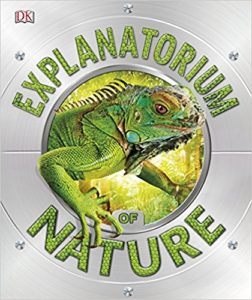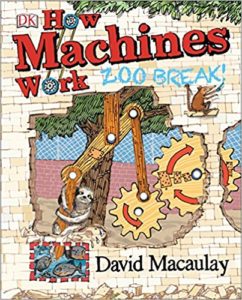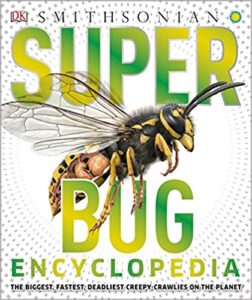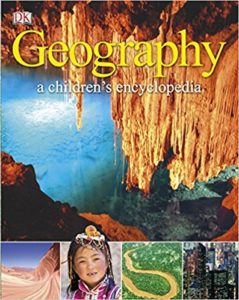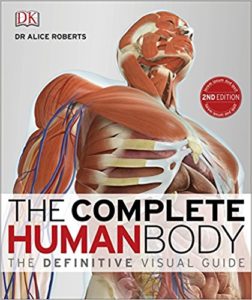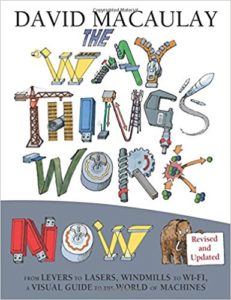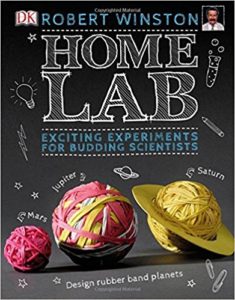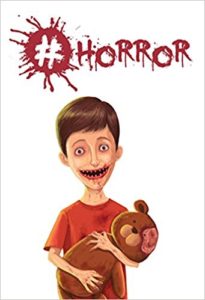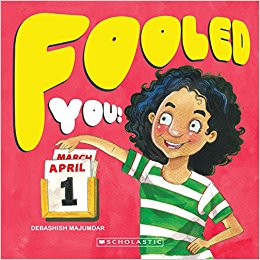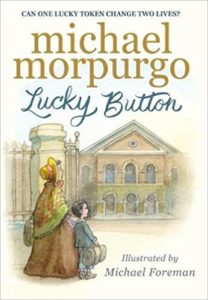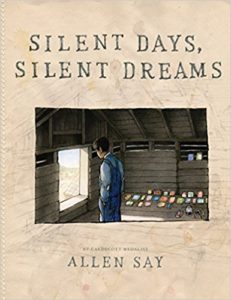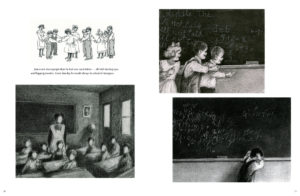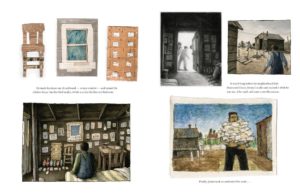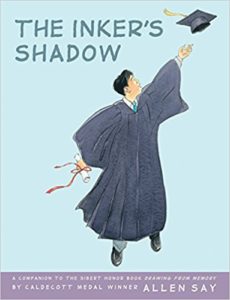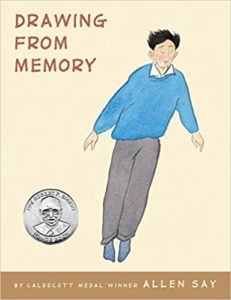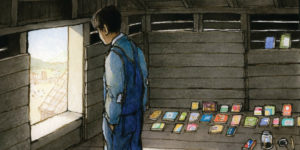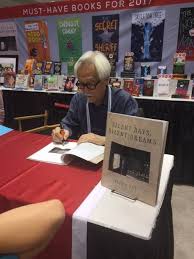 Rana Safvi is a writer, blogger and translator. She documents her passion for India’s Ganga Jamuni tehzeeb [ culture] via its food, customs, festivals, monuments and clothes. She has recently published The Forgotten Cities of Delhi, the second book in her Where the Stones Speak trilogy, published by HarperCollins India. I interviewed her via email. Here are edited excerpts.
Rana Safvi is a writer, blogger and translator. She documents her passion for India’s Ganga Jamuni tehzeeb [ culture] via its food, customs, festivals, monuments and clothes. She has recently published The Forgotten Cities of Delhi, the second book in her Where the Stones Speak trilogy, published by HarperCollins India. I interviewed her via email. Here are edited excerpts.
I was in my teens when my father got posted in Agra and as we lived very close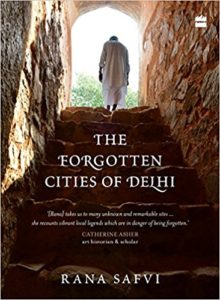 to the Taj Mahal that was the venue for our evening walks. That was the first time I felt the pull of stones and wished they would speak. At that time I had no idea that one day I would end up writing about these very stones or that Delhi would be the place that would beguile me. But they say that childhood passions never go away and I am lucky that I got an opportunity even if very late in life to fulfill those dreams. My trilogy Where Stones Speak is the fulfillment of those dreams of listening to stones and making them speak.
to the Taj Mahal that was the venue for our evening walks. That was the first time I felt the pull of stones and wished they would speak. At that time I had no idea that one day I would end up writing about these very stones or that Delhi would be the place that would beguile me. But they say that childhood passions never go away and I am lucky that I got an opportunity even if very late in life to fulfill those dreams. My trilogy Where Stones Speak is the fulfillment of those dreams of listening to stones and making them speak.
Somewhere along the journey of the first book I became a full time writer and I find it deeply satisfying on a personal note to be able to say all the things, which were, buried inside me somewhere waiting to come out. I’m lucky that I got a chance but 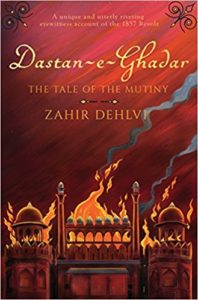 I would urge everyone to hang on to his or her dreams. It’s never too late. I started at 55 years of age when my friends were retiring and I enjoy it. Staying busy also keeps me feeling very young.
I would urge everyone to hang on to his or her dreams. It’s never too late. I started at 55 years of age when my friends were retiring and I enjoy it. Staying busy also keeps me feeling very young.
Apart from this trilogy I have also translated Dastan-e-Ghadar: Tale of a Mutiny (Penguin Random House India) and Tales from the Quran and Hadith ( Juggernaut Books) and by God’s Grace, I have two more translations coming up later in the year.
- Why embark on this ambitious project of a book trilogy on Delhi with the first on Mehrauli Where Stones Speak and the second on The Forgotten Cities of Delhi? What is the third book going to focus upon? What sparked off this project?
Delhi was never a destination for me till 2012 as I used it more as a transit point while visiting relatives in UP. At the time I was living in the Gulf.
It was only when my daughter shifted to Delhi that I started staying here for long periods of time. I had visited a few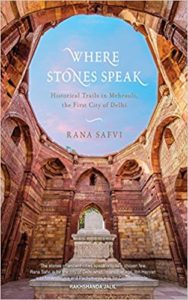 major monuments like Red Fort and Qutub Minar as a student but that was about it. Around the same time, I met the founder of Delhi Karvan, Asif Khan Dehlvi, who conducts heritage walks. I was part of his first walk in November 2013. He told us many stories from Urdu books written in the nineteenth and twentieth centuries. I realized that the books describing Delhi in English were either very dry and dull or written from a very British perspective in aftermath of the Uprising of 1857. There were no books with historical anecdotes and research especially from Urdu sources. As at that time I was relatively free and monuments are something I’m extremely passionate about I decided to write the books.
major monuments like Red Fort and Qutub Minar as a student but that was about it. Around the same time, I met the founder of Delhi Karvan, Asif Khan Dehlvi, who conducts heritage walks. I was part of his first walk in November 2013. He told us many stories from Urdu books written in the nineteenth and twentieth centuries. I realized that the books describing Delhi in English were either very dry and dull or written from a very British perspective in aftermath of the Uprising of 1857. There were no books with historical anecdotes and research especially from Urdu sources. As at that time I was relatively free and monuments are something I’m extremely passionate about I decided to write the books.
I have covered the seven medieval cities of Delhi till 1857. The first city was Mehrauli, which was the subject of the first book: Historical Trails in the First City of Delhi, 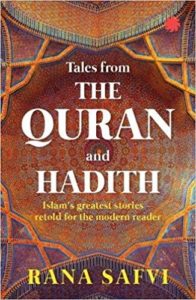 Mehrauli. The second book, The Forgotten Cities of Delhi describes the five subsequent cities of Siri, Tughlaqabad, Jahanpanah, Firozabad and Dinpanah. Since this is a vast area and covers almost all of Delhi, I have added all the other areas which may not strictly have fallen within these cities but were built in that era. I have also included monuments from other cities such as Kilokhari and Mubarakpur Kotla which have been swallowed up by urban development. I have described these 14 cities in detail in the first book. My guide for including the monuments was the Urdu book Waqeat e Dar-ul Hukumat Dehli written in 1919 by Basheeruddin Ahmed from all the Persian, Urdu and English sources available to him at that time. The third and final book will be on the imperial city of Shahjahanabad leading up to the Uprising of 1857.
Mehrauli. The second book, The Forgotten Cities of Delhi describes the five subsequent cities of Siri, Tughlaqabad, Jahanpanah, Firozabad and Dinpanah. Since this is a vast area and covers almost all of Delhi, I have added all the other areas which may not strictly have fallen within these cities but were built in that era. I have also included monuments from other cities such as Kilokhari and Mubarakpur Kotla which have been swallowed up by urban development. I have described these 14 cities in detail in the first book. My guide for including the monuments was the Urdu book Waqeat e Dar-ul Hukumat Dehli written in 1919 by Basheeruddin Ahmed from all the Persian, Urdu and English sources available to him at that time. The third and final book will be on the imperial city of Shahjahanabad leading up to the Uprising of 1857.
- How long did it take for this book to be made? How do the photographer Syed Mohammed Qasim and you work together as a team? Do you visit a site together and decide on the photograph to be taken together or do you help select the images later from his photo bank?
I do a lot of field work, sometimes visiting a monument a number of times to verify details I find in books. It takes time as I research written material too. It takes me around two years to do fieldwork and research for a book and for Qasim to take the accompanying photographs. It is a combination of research and a bit of detective work on the ground – a time consuming process.
One day I had set off with Syed Mohammad Qasim to take photographs in Vasant Vihar. He mentioned a reference to a 14th century mosque and a dargah in that area that he had heard of. We kept asking the locals and going round the area till we saw huge iron gates in the Aravalli City Forest. We asked to enter but were only permitted to so when we explained we had come as part of our research for a book. To our surprise we saw a huge area beautifully forested and a 14th century dargah of Syed Murad Ali Baba Shah and a khanqah and mosque from same period which had been restored by the Abdul Mannan Academy who run a madarsa here. That we have such a huge green area and a Shahi Masjid (Tughlaq era) was a pleasant surprise for us.
Similarly, I had found a reference to a group of tombs in Zamarudpur called Panj Burja by Sir Syed Ahmad Khan in his 1846 book, Asar us Sanadid (Vol 1). So I set off in search of them. The first one was easy to spot as it was at the entrance to the colony. This area is lal dora land, which means that it is out of New Delhi Municipal Corporation (NDMC) limits and these monuments are delisted so don’t come under Archaeological Survey of India (ASI). Finding the next four monuments was a challenge and took me a whole day. The locals tried to chase us off and intimidate us into not taking photographs but I asked them for some orders which prohibited me from doing so and failing that I refused to budge. They eventually gave up and left us. Another young heritage enthusiast Sahil Ahuja was with me and both of us put on out Sherlock Holmes hat. It was with great difficulty that we found them. The other four tombs are hidden within the tenements, used for throwing trash, one was even being given on rent to garbage collectors. The fifth could only be discovered by climbing six flights of steps as it was surrounded by high rises on all sides and so not visible from the ground. Discovering that the Zamarudpur tombs had been badly encroached, were in a badly decaying state and were almost inaccessible to the public was a very unpleasant shock.
With Where Stones Speak I explored Mehrauli initially with Asif Khan Dehlvi, founder of Delhi Karavan, who conducts heritage walks in Delhi and later when Qasim accompanied us to take photographs. The three of us entered the desolate areas to explore the ruins and in the process enjoyed the experience immensely! We work very well as a team, complement each other and are constantly learning from each other too.
Though now I don’t explore places in summer due to the extreme heat but I must confess for the Mehrauli book, Asif and I did make a lot of field trips in May and June. Now I am a little more careful though just as excited and enthusiastic about every trip. Some places that are more frequented by people I do visit alone but if they are very lonely I go with Qasim or some other heritage enthusiast, but a companion I must have!
When I’m describing a monument in words I have a certain facet of it in mind so I convey it to Qasim as well as I want the photograph exactly along the lines of the image I have in mind. Mostly we go together and take decisions on the spot but as I said sometimes both of us go alone if we can’t match our schedules. Qasim took all photos for the book. None of the images in the book are from stock photo collections.
- You write mostly in the first person as if you took notes while walking through the monuments that were typed up later more less as is. Is that the case? Personally I like it for it is creates a warm and intimate atmosphere as if the reader is alone with the author on a personal tour of the monuments. Was that your intention?
I’m glad you like it. I don’t know whether it was intentional or not but that is how it came naturally to me. I believe in letting words flow and take me with them. I normally edit after that process is over. For me it is a world into which I want my reader to enter with me. Perhaps it’s the effect of going for and conducting heritage walks. I take mental notes and nowadays videos when I visit so that I can cross check details.
- How do the names of monuments survive if most of them lack inscriptions? Take for example the “phoota gumbad” at JLN stadium. I have often wondered if only a historian will know what primary source to consult and thus pass on the name to general public or do names continue to exist in the collective memory of the locals?
Most of the tombs don’t have headstones so we don’t know who is buried there. Locals over the years gave it their own names, which we use even today. Some are very descriptive.
In 1854 Sir Saiyed Ahmad khan wrote Asar-us-Sanadid in which he described 130 monuments of Delhi. So these are identified. For others the books I use as reference are Maulvi Zafar Hasan’s book Monuments of Delhi written in 1919 for the ASI And Basheeruddin Ahmed‘s Waqeat e Darul Hukumat Dehli, also written at the same time. I have copied the names from these books.
- In your descriptions of Moradabad ki Pahadi and Wazirpur tombs you make references to how the locals (of all faiths) revere the tombs and leave offerings. This made me wonder if you would ever consider doing another book on the local lore (and people do have a colourful imagination!) that has developed around these monuments and juxtapose them with historical evidence?
That’s an idea! Actually recording oral history is a huge and very essential project. I try to do it whenever I can but don’t know if I can do it as a separate project.
- You don’t always give the exact location of these tombs. For instance, if I had not been familiar with Delhi particularly many of the spaces you speak of, I would be lost. While reading the text I had to rely on my mind’s eye to conjure an image of the exact location and even then I am perplexed by many. Was this a deliberate omission on your part?
It wasn’t a deliberate omission and wherever I could I have given locations but I will remember to be more exact in the next book.
- I am curious as to why did you not include maps in this book? Perhaps hire a cartographer to draw at least the 15 historical trails you describe in the annexure?
You know it didn’t strike me to make maps. But yes will definitely consider it now. I do realize maps make it easier to locate and visit.
- Are you concerned about the future of these monuments you chronicle?
Yes, I am concerned, very concerned as so many are crumbling right in front of our eyes or being encroached. One purpose of these books is to acquaint people with these monuments and hope that they will come to love them and own responsibility for them. Till we don’t feel some sense of kinship or ownership for these monuments we don’t have hope of their survival. Urban development and rapid commercialization is eating them up.
- Do you think launching a campaign to protect these monuments is a good idea? If so of what form and shape should it take?
I have been advocating adoption of nearest monument by schools and colleges and building programmes around it. Whether they are heritage walks, brochures, dynasty timelines, quiz programmes etc.
I met the principal of Vasant Valley School recently and put forward this idea to her. So far ASI has not given them permission to adopt Delhi’s first Islamic tomb, Sultanghari which is the closest to their school. ASI should allow and partner them. It’s only when the children are involved that we can hope to protect our heritage. I think that would be the most effective campaign.
To buy the books mentioned, follow the Amazon links embedded in the book cover images.
9 July 2018


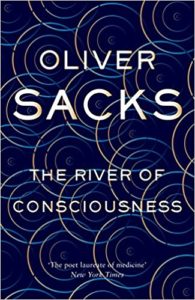
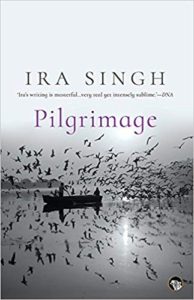
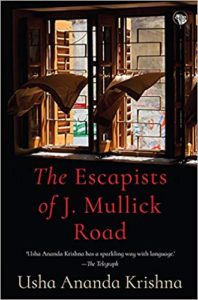
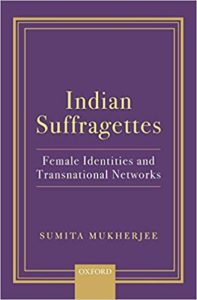
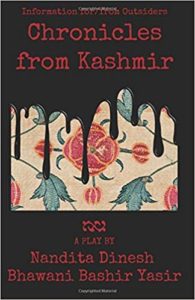
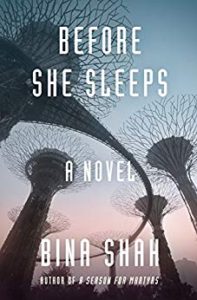
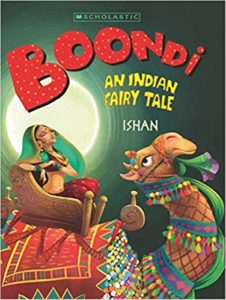
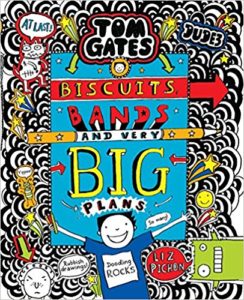
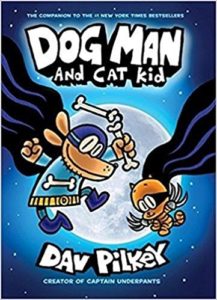
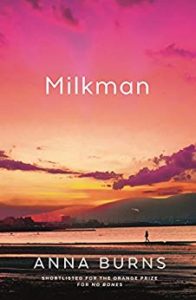
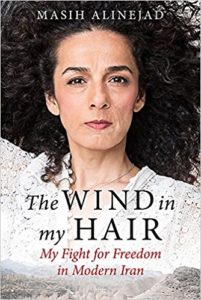
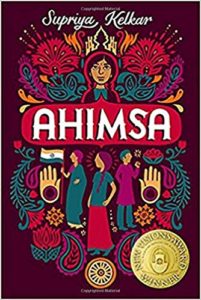
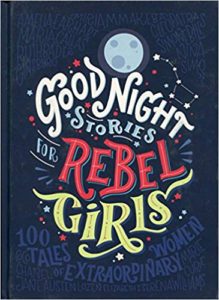
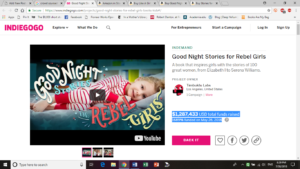 Of the books discussed in this article the original idea was launched by Elena Favilli and Francesca Cavallo when they
Of the books discussed in this article the original idea was launched by Elena Favilli and Francesca Cavallo when they 